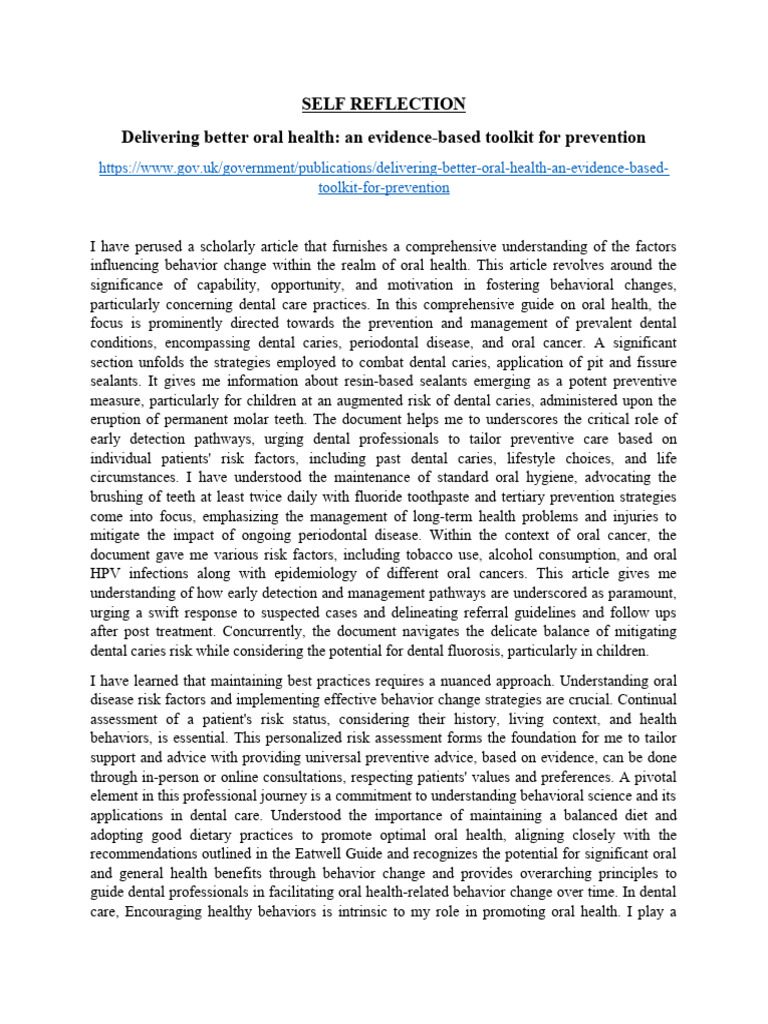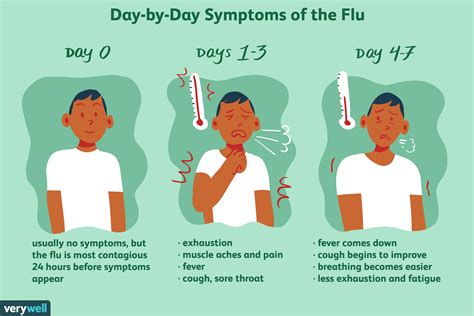10+ Cavity Types For Better Oral Health

Understanding the various types of cavities is crucial for maintaining better oral health. Cavities, also known as tooth decay, are damaged areas in the hard surface of your teeth that develop into small holes or openings. They are a common problem that can occur at any age, not just in children. While the basic principle of cavity formation is the same—bacteria in the mouth breaking down food, especially sugars and starches, and producing acid that damages teeth enamel—there are several types of cavities based on their location and the teeth affected. Here’s an exploration of more than 10 cavity types, along with strategies for prevention and treatment.
1. Pit and Fissure Cavities
These are the most common types of cavities and occur on the chewing surfaces of the teeth. The pits and fissures are small grooves where bacteria and food particles can easily accumulate, leading to decay. Sealants can be applied to these areas to prevent cavity formation.
2. Smooth Surface Cavities
Less common than pit and fissure cavities, smooth surface cavities occur on the smooth surfaces of the teeth. These are more likely to develop on the front or back sides of teeth that are not as sheltered by the lips and cheeks. Good oral hygiene practices can help prevent these cavities.
3. Root Cavities
These cavities form on the roots of teeth, typically exposed due to gum recession. Since the roots of teeth do not have enamel, they are more susceptible to decay. Regular dental check-ups and maintaining good gum health can help prevent root cavities.
4. Recurrent Cavities
Also known as secondary cavities, these occur around existing dental fillings or restorations. Poor oral hygiene, leakage under the filling, or new decay around the edges of a filling can lead to recurrent cavities. Regular dental check-ups can help in the early detection of such cavities.
5. Acid Erosion Cavities
Not exactly a cavity type in the traditional sense, acid erosion refers to the wearing away of tooth enamel due to acid attacks. This can create an environment where cavities are more likely to form. Acid erosion can be caused by frequent consumption of acidic foods and drinks or medical conditions like gastroesophageal reflux disease (GERD).
6. Early Childhood Cavities (ECC)
Formerly known as baby bottle tooth decay, ECC refers to the presence of one or more decayed teeth in a child under the age of six. ECC can be caused by frequent and prolonged exposure to sugary drinks or milk from a bottle, as well as poor oral hygiene and genetics.
7. Rampant Cavities
This term describes the rapid development of many cavities, usually seen in individuals with poor oral hygiene, a diet high in sugars and acids, or those who have not visited a dentist in a long time. Rampant cavities can also be a symptom of underlying health issues.
8. Hidden Cavities
Also known as “hidden caries,” these are cavities that are not visible during a routine dental examination but can be detected with X-rays. Hidden cavities occur under the surface of the tooth and can be particularly challenging to diagnose and treat.
9. Cavities Under Fillings
These occur when bacteria accumulate under existing fillings, often due to the filling not being properly sealed or because of new decay. Regular check-ups and maintaining good oral hygiene can help prevent these cavities.
10. Cavities on Wisdom Teeth
Wisdom teeth, which are the last set of teeth to erupt in the back of the mouth, are particularly prone to cavities. This is due to their location, which can make them difficult to clean, and because they may not have enough room to come in properly, making them more susceptible to food traps and decay.
11. Resin Cavities
These are cavities that form under composite resin fillings. Like other types of cavities under fillings, they can be due to leakage or poor adaptation of the filling material to the tooth structure.
Prevention Strategies
Preventing cavities involves a combination of good oral hygiene, dietary choices, and regular dental care. Here are some key strategies:
- Brush and Floss Regularly: Use fluoride toothpaste and brush your teeth at least twice a day. Flossing once a day helps remove food particles and plaque from between the teeth.
- Use an Antibacterial Mouthwash: This can help reduce bacteria in the mouth.
- Limit Sugary and Acidic Foods and Drinks: Sugars and acids are primary contributors to cavity formation.
- Visit Your Dentist Regularly: Regular check-ups can help in the early detection and treatment of cavities.
- Consider Sealants: Especially for children, sealants can provide an extra layer of protection against cavities on the chewing surfaces of the teeth.
Conclusion
Understanding the different types of cavities can empower individuals to take proactive steps towards achieving better oral health. By recognizing the potential risks and vulnerabilities to various types of cavities, individuals can implement tailored prevention strategies and seek dental care when necessary. Regular dental check-ups, good oral hygiene practices, and a balanced diet are foundational elements in cavity prevention. As dental health connects to overall well-being, investing time and effort into oral care can have significant, long-lasting benefits.
What are the most common causes of cavities?
+The most common causes of cavities are poor oral hygiene, frequent consumption of sugary and acidic foods and drinks, and not visiting the dentist regularly for check-ups and cleanings.
Can cavities be prevented?
+Yes, cavities can be prevented through good oral hygiene practices such as regular brushing and flossing, limiting sugary and acidic foods and drinks, and regular dental check-ups.
What are the consequences of not treating cavities?
+If left untreated, cavities can lead to more severe problems such as pain, infection, and the need for more extensive treatments like root canals or extractions. Untreated cavities can also affect overall health, potentially leading to conditions like heart disease or diabetes.
How can I protect my teeth from acid erosion?
+To protect your teeth from acid erosion, limit your consumption of acidic foods and drinks, use a straw when drinking acidic beverages, and consider using a fluoridated toothpaste or a toothpaste specifically designed to combat acid erosion.
Can cavities form under dental fillings?
+Yes, cavities can form under dental fillings. This can occur due to the filling not being properly sealed, leakage under the filling, or new decay around the edges of the filling. Regular dental check-ups can help in the early detection and treatment of such cavities.
Are there any signs or symptoms that indicate I have a cavity?
+Symptoms of cavities can range from mild to severe and may include tooth sensitivity, especially to sweet or cold foods and drinks, visible holes or dark spots on the teeth, and pain when biting down. However, in many cases, especially in the early stages, cavities may not produce any noticeable symptoms, which is why regular dental check-ups are crucial.


